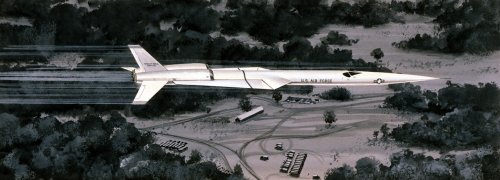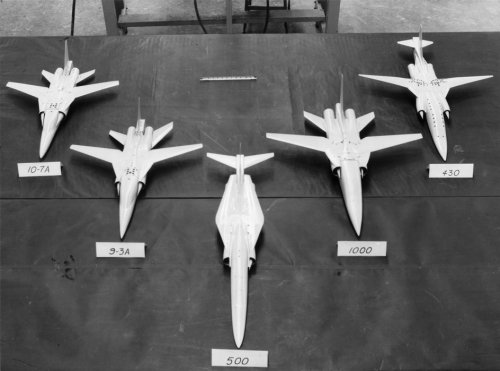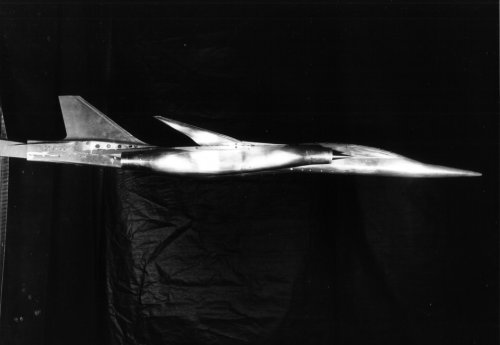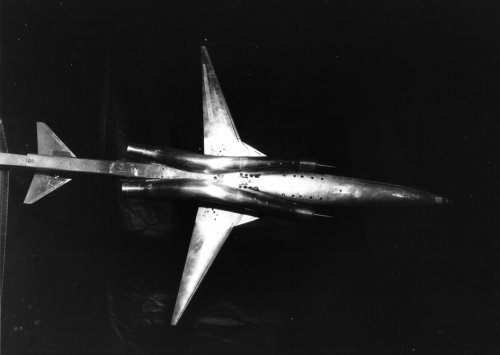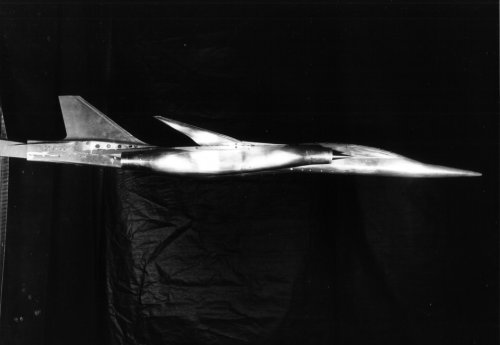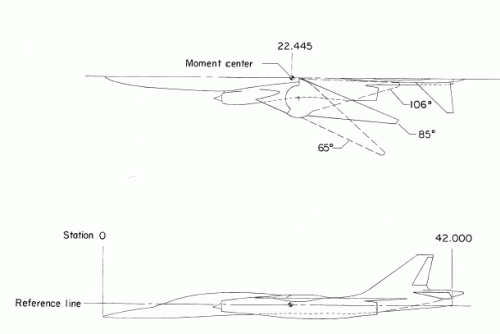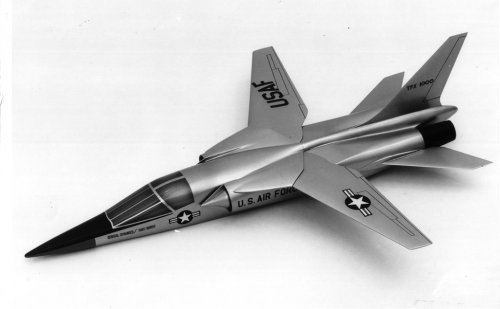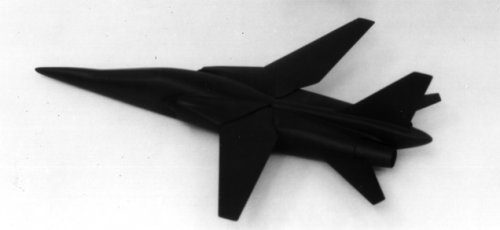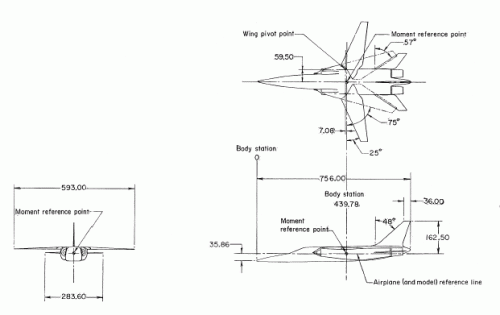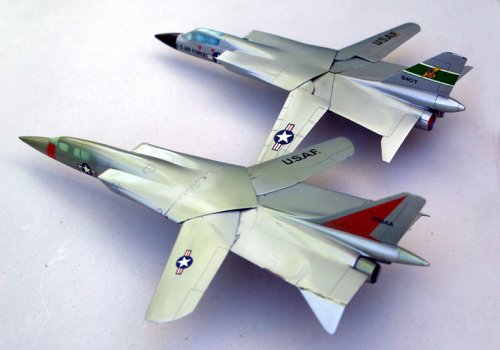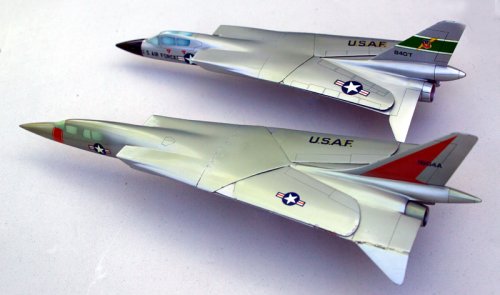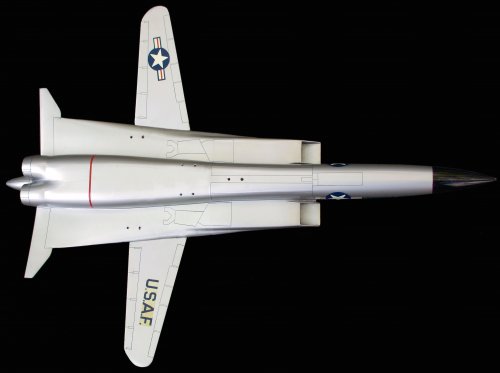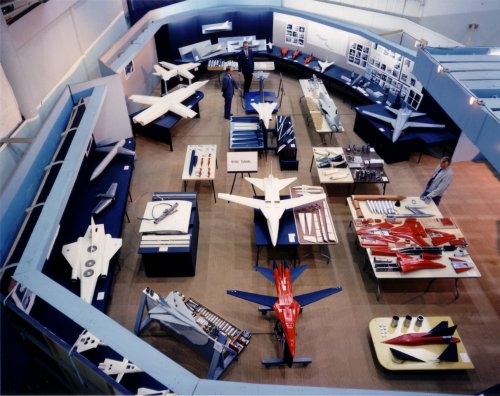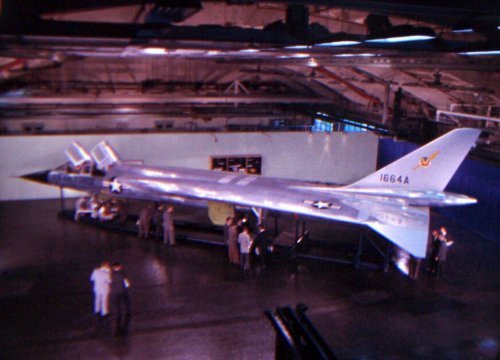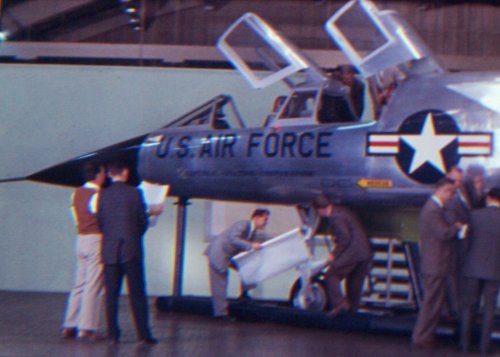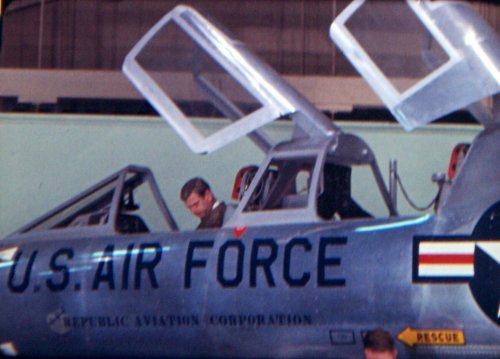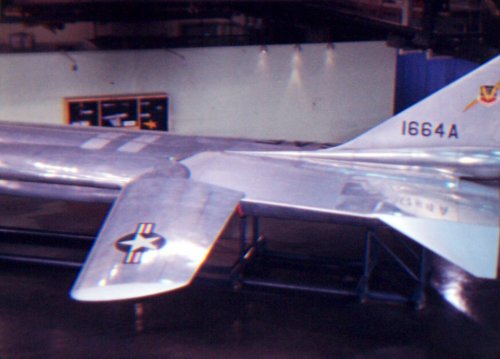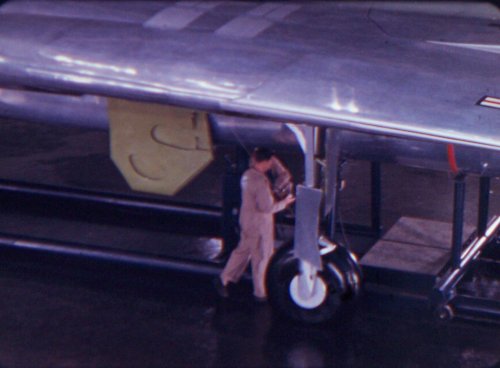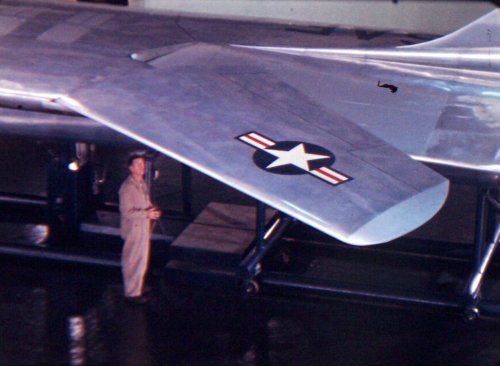Former Vought engineer Jesse Santamaria told the author in 2008 that for the TFX competition the rival companies had to have a partner, and Republic chose Vought. Vought sent a team of engineers to Long Island where Republic had its beautiful mock-up of the TFX design all ready. However, this aircraft was not ‘Navy Compatible’ – it could not be landed on a carrier. So Vought redesigned the aircraft to make it more carrier capable, but that stopped it from being such a good aircraft for the Air Force. It had a VG wing and the system was to split the wing down the middle and have part of it swept right back.
The original Republic project was considered a fine aircraft for the Air Force but Vought could see that it was not a good design for the Navy. Vought’s hands were tied because they had not been able to start from scratch, but everyone felt that this project was still better than what became the F-111. Top speed was Mach 2 and the structure was aluminium all through – no stainless steel or anything like that. Jesse Santamaria remembers Kartveli, the Engineering Leader at Republic, walking up and down saying “the Navy has ruined my airplane!”.
Looking at these models, I understand that the longer model is the ‘pure’ Republic effort, which I imagine was not proposed for the Navy. The smaller more ‘conventional’ effort was the result of Vought’s redesign (a model of this is in the Vought archive) and was proposed to both the Air Force and Navy. Until we get original government documents or original brochures, we can never be sure. I understand that a great deal of TFX documentation was destroyed, and even today papers covering nuclear delivery aircraft, even from the mid-1950s, are still under lock and key and are unavailable to the public. The North American NAGPAW is another victim of that policy.

